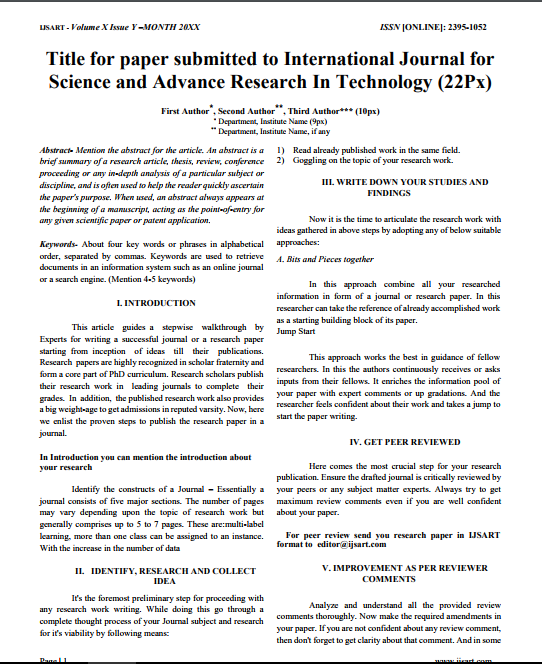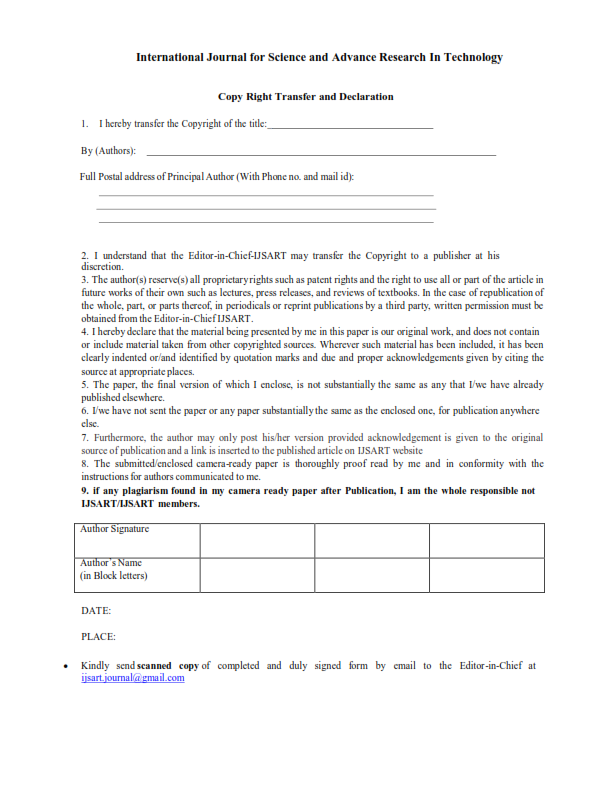DISTILLERY WASTE WATER (SPENT WASH) BIOMETHANATION- WASTE TO ENERGY GENERATION |
Author(s): |
| Mr. Rajendra S Raut |
Keywords: |
| Biomethanation, COD, BOD, Biogas. |
Abstract |
|
Molasses based distilleries are classified as “Red Category” because of the large volume of high strength waste water generated by them. Pollution caused by spent wash is one of the most critical environmental issues. Spent wash is one of the recalcitrant waste having extremely high COD (120000 mg/l), BOD (60000 mg/l), SS, inorganic solids, low pH, strong odour and dark brown colour. The problem of increasing amount of spent wash generation and stringent norms has resulted in development of new technologies for its effective and economical disposal. Biomethanation is viewed as a complex ecosystem in which physiologically diverse groups of micro-organisms operate and interact with each other in a symbiotic, synergistic, competitive and antagonistic association. The anaerobic microbial food chain consists of mainly three functionally different groups of microorganisms. Following four pathways are involved in anaerobic digestion of organic wastes • Hydrolysis: Hydrolysis break down macro organic materials such as carbohydrates, proteins and lipids, by incising water molecules into lower molecular weight fatty acids, amino acids and sugars. • Acidogenesis: Acidogenic bacteria convert fatty acids, amino acids and sugars into organic acids, hydrogen, ammonia and carbon dioxide. • Acetogenesis: Acetogenic bacteria convert organic acids, hydrogen and carbon dioxide into acetic acid, hydrogen and carbon dioxide. • Methanogenesis: Methanogenic bacteria convert acetic acid, hydrogen and carbon dioxide into methane and carbon dioxide. Readily available CO2 is used as an electron accepter. This reaction is slowest and the rate limiting step of the total anaerobic digestion process. The overall reaction can be represented by the following equation. Generated methane gas is used as a fuel and cost saving by using methane in boiler or it is possible to make bottling of gas |
Other Details |
|
Paper ID: IJSARTV Published in: Volume : 4, Issue : 10 Publication Date: 10/11/2018 |
Article Preview |
|
Download Article |


